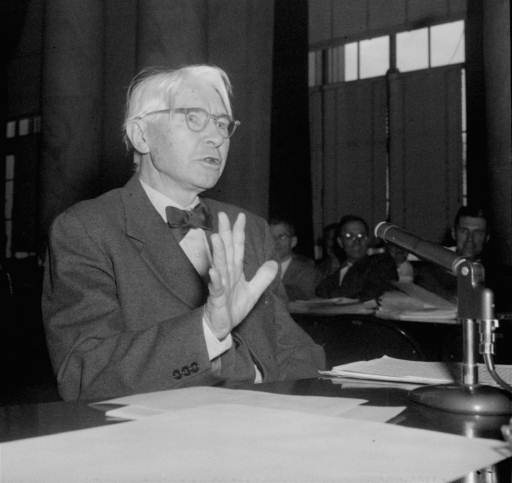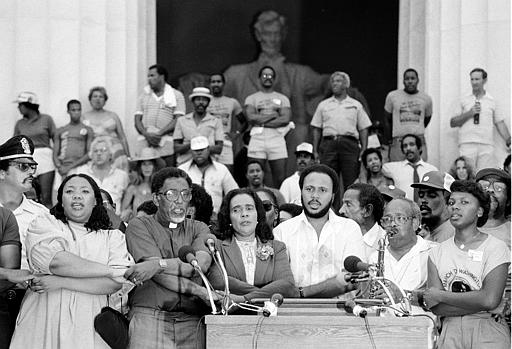Copyright law consists of a bundle of rights designed to protect literary and artistic works from unauthorized use.
Copyright is designed to benefit the public
Copyrighting material is designed to benefit the public by encouraging the creation and dissemination of new works of literature, music, and art for cultural enrichment and entertainment. These rights are often referred to as economic rights because they make it possible for authors of works to earn a living, thereby encouraging them to produce even more. Such rights also induce publishers and producers to invest in new works and to disseminate these works to the public.
Copyright law, as enumerated in Title 17 of the U.S. Code, cover the right to:
- reproduce a work in copies or phono records;
- distribute copies of a work to the public;
- create derivative works based on a protected work;
- perform a work publicly;
- display a work publicly; and
- perform sound recordings publicly by means of digital audio transmission.
The initial owner of these rights is the author, usually the person who creates the work. The term author is applied broadly, regardless of whether the creator is a composer, photographer, sculptor, or creator of a literary or other artistic work. In works made for hire, the author is the employer because the work is created within the scope of employment by an employee. By written agreement, a limited number of commissioned works can also be considered work made for hire.
How long copyright lasts in the United States
- For works created on or after January 1, 1978, copyright protection generally lasts for the life of the author plus 70 years, commencing at the death of the last surviving author.
- For works made for hire, protection extends to 120 years from creation or 95 years from first publication, whichever ends earlier.
- For works created but not published or registered for federal copyright protection prior to 1978, protection also lasts for the life of the author plus 70 years (but no work was allowed to expire before 2003). If published prior to 2003, then the protection lasts until 2047.
- For works under federal copyright protection prior to 1978, through publication with a copyright notice or registration, duration is for a specified term of years.
- Any work first published in 1922 or before is now in the public domain.
- Works first published from 1923 to 1978 had a 28-year original term, and if renewed, an additional term of 67 years — a total of 95 years of protection. They will enter the public domain in 2019. Copyrights expire at the end of the calendar year.

Carl Sandburg, poet and Lincoln biographer, makes a brief though picturesque appearance as a witness April 8, 1954, before a special Senate subcommittee holding hearings on proposed universal copyright law. Sandburg took the stand to say he was for the law and then went back to his place. The US later ratified the Universal Copyright Convention. (AP Photo, used with permission from the Associated Press)
America’s copyright law began with the U.S. Constitution
Many of the framers of the First Amendment helped craft the Constitution’s Article 1, section 8, which empowers Congress “[t]o promote the progress of Science and the Useful Arts by procuring for limited Times to Authors and Inventors the exclusive Right to their respective Writings and Discoveries.”
The First Congress passed the country’s first copyright law in 1790.
The Supreme Court acknowledged the compatibility of copyright and free expression in Harper and Row v. Nation Enterprises (1985), when Justice Sandra Day O’Connor wrote, “The Framers intended copyright itself to be the engine of free expression. By establishing a marketable right to the use of one’s expression, copyright supplies the economic incentive to create and disseminate ideas.”
Fair use concept eases tension with copyright laws
Tension does exist, however, between copyright and the First Amendment, as copyright owners often seek to assert their property rights and thereby limit the dissemination of information. Copyright law attempts to reduce this tension in part through fair use, a safety-valve concept codified by the Copyright Act of 1976.
It is often said that copyright bestows a “monopoly” on the copyright owner to prohibit others from reproducing, performing, or distributing an original work.
The law, however, makes clear that copyright only protects the particular expression or form of the author’s ideas, not the ideas themselves. Thus, others are free to use the same ideas, as long as they express those ideas in their own words.
For example, an individual can publish an article that comes to the same conclusion as another writer as long as the author of the article uses different language or attributes direct quotations to the original source.
As the Supreme Court remarked in Eldred v. Ashcroft (2003), “Every idea, theory, and fact in a copyrighted work becomes instantly available for public exploitation at the moment of publication.” Others may even use limited amounts of the author’s own expression through the exception of fair use. Nonetheless, freedom of expression does not mean one necessarily has a right to use others’ expression for free.
Battles over copyright are not uncommon. As an example, in 2017, a federal judge partially ruled against Ludlow Music, which had registered a copyright on the civil rights anthem, “We Shall Overcome” in 1960 and 1963. Documentarians and moviemakers wanted to use the song, a black spiritual that dated back to the turn of the 20th century, in their films. The parties settled in 2018, putting the music firmly in the public domain.
This article was originally published in 2009. Geoffrey P. Hull is a retired Professor Emeritus from Middle Tennessee State University.

